字然课 Word Creatures
5.0 / 5.0
(3) 3 total reviews
Notify When Available
More copies are on the way!
Subscribe to our Telegram Channel for real-time updates when products are back in stock. Alternatively, receive an email notification as soon as this product is available again.
Couldn't load pickup availability
Share
The "Word Creatures" picture book, selects 24 representative oracle bone inscriptions close to the children's life, and weaves rhymes and rhythms around them. Each poem is accompanied by beautiful illustrations, rich colors, cute styles.
The book comes with an animation cartoon too, which kids can enjoy while learning Chinese characters! The animation can be browsed in snippets for each character, or in its entirety at 15minutes.
Recommended for Ages: 3-9
Pages: 66
Format: Hardcover
Language: Simplified Chinese
Comes with: Animation with Audio, Scan QR code with accompanying booklet
Author: 李进文
Sharing some ways we used this book for exploratory studies:
View this post on InstagramA post shared by Helping families ❤ Mandarin 📚 (@mystorytreasury) on
View this post on InstagramA post shared by Helping families ❤ Mandarin 📚 (@mystorytreasury) on
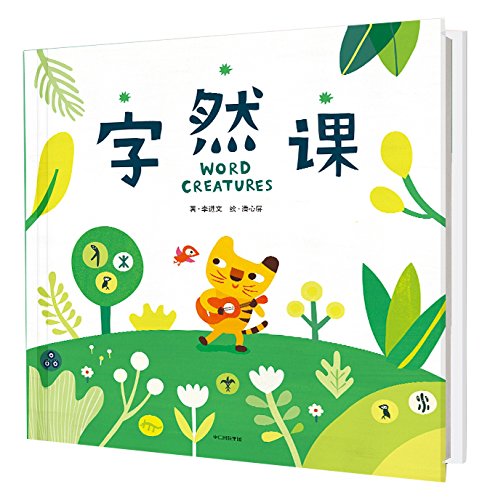
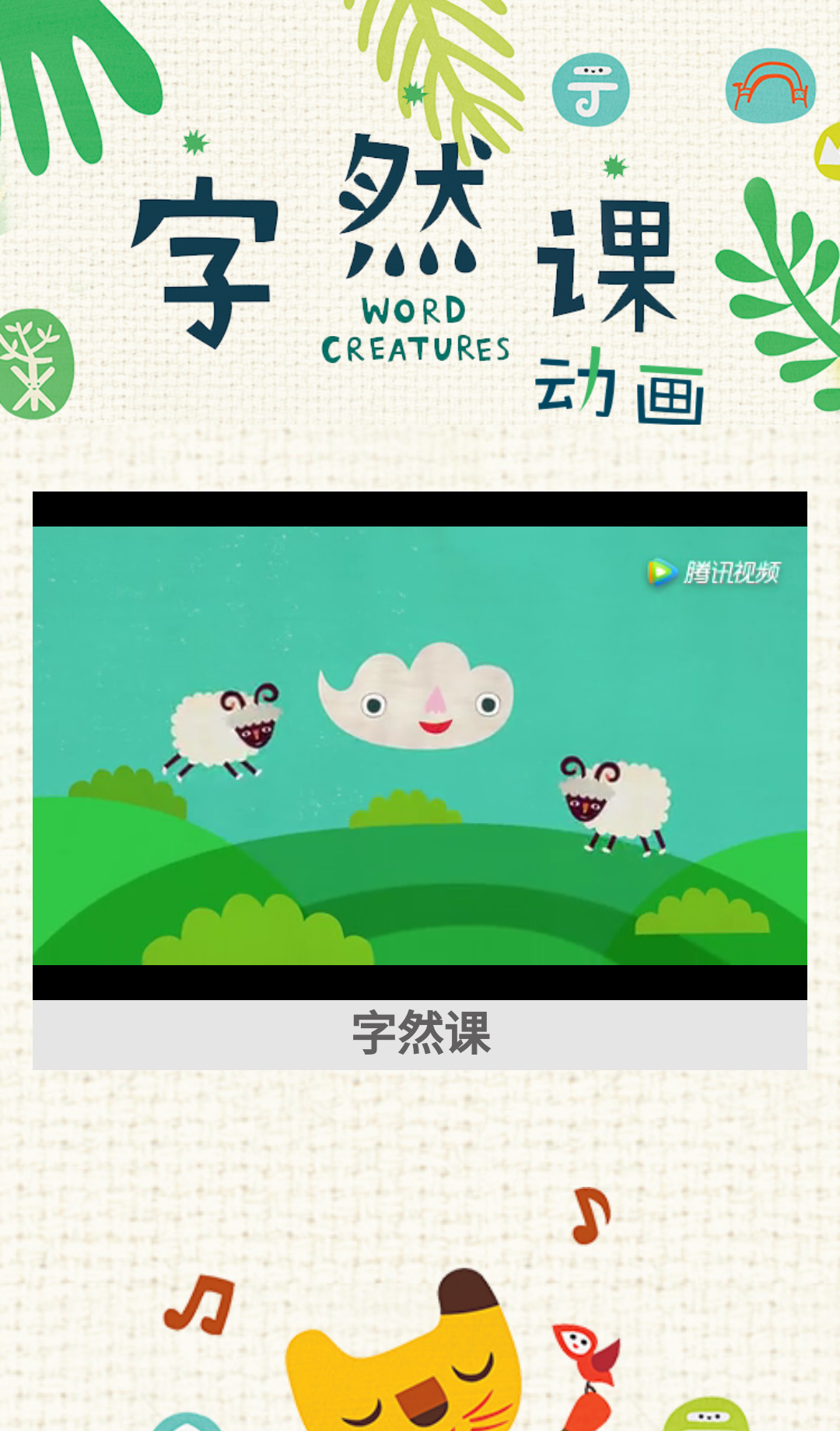
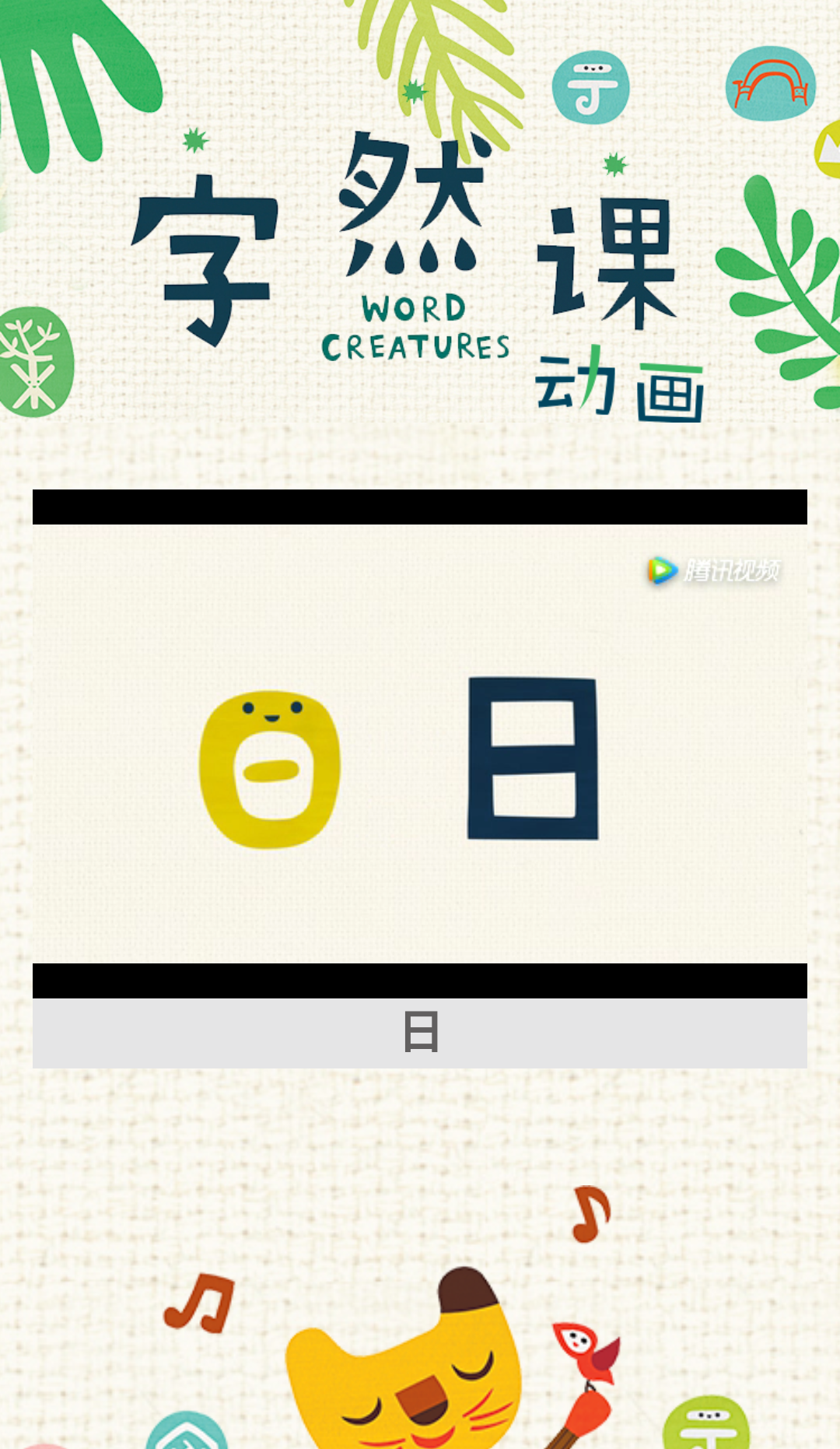
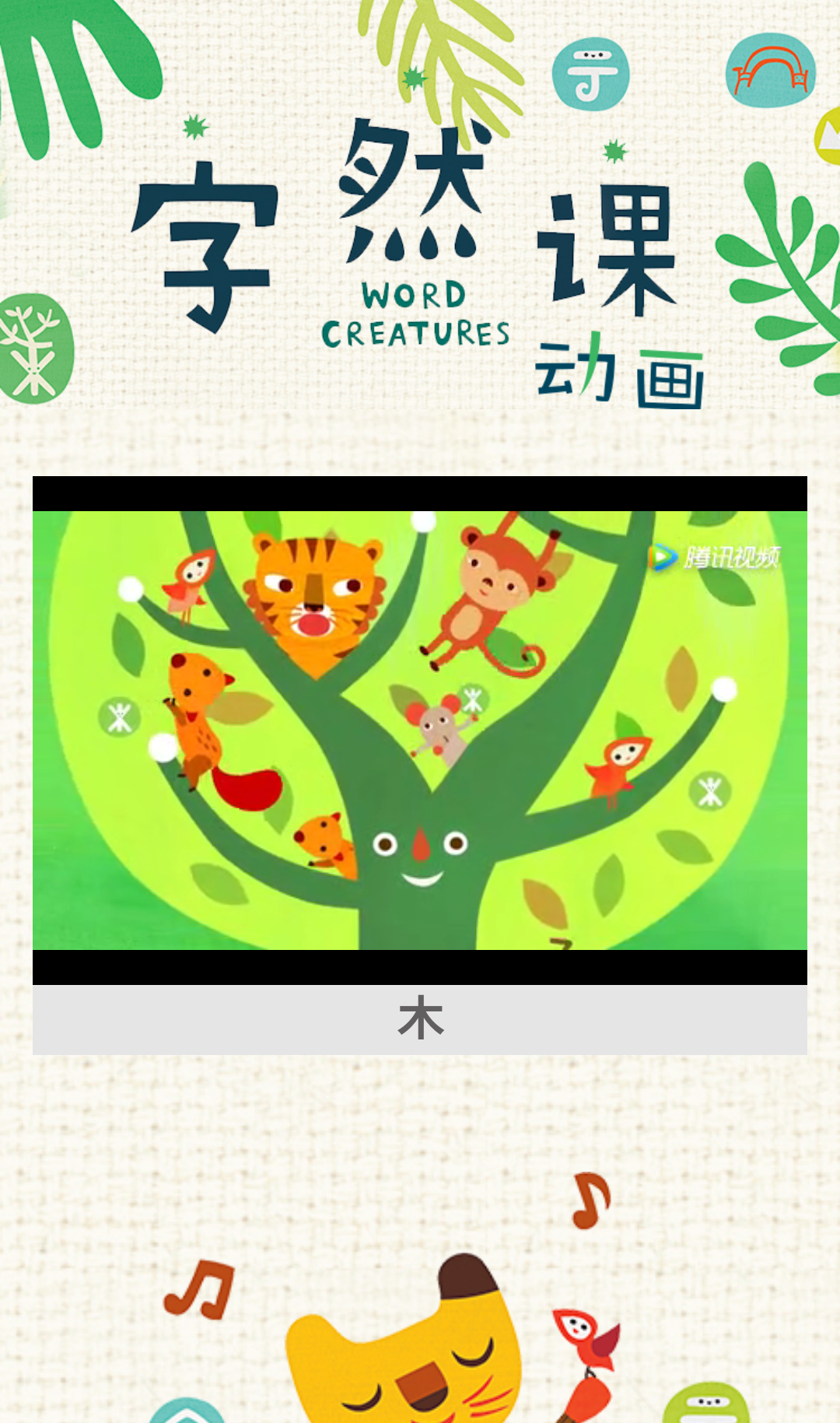
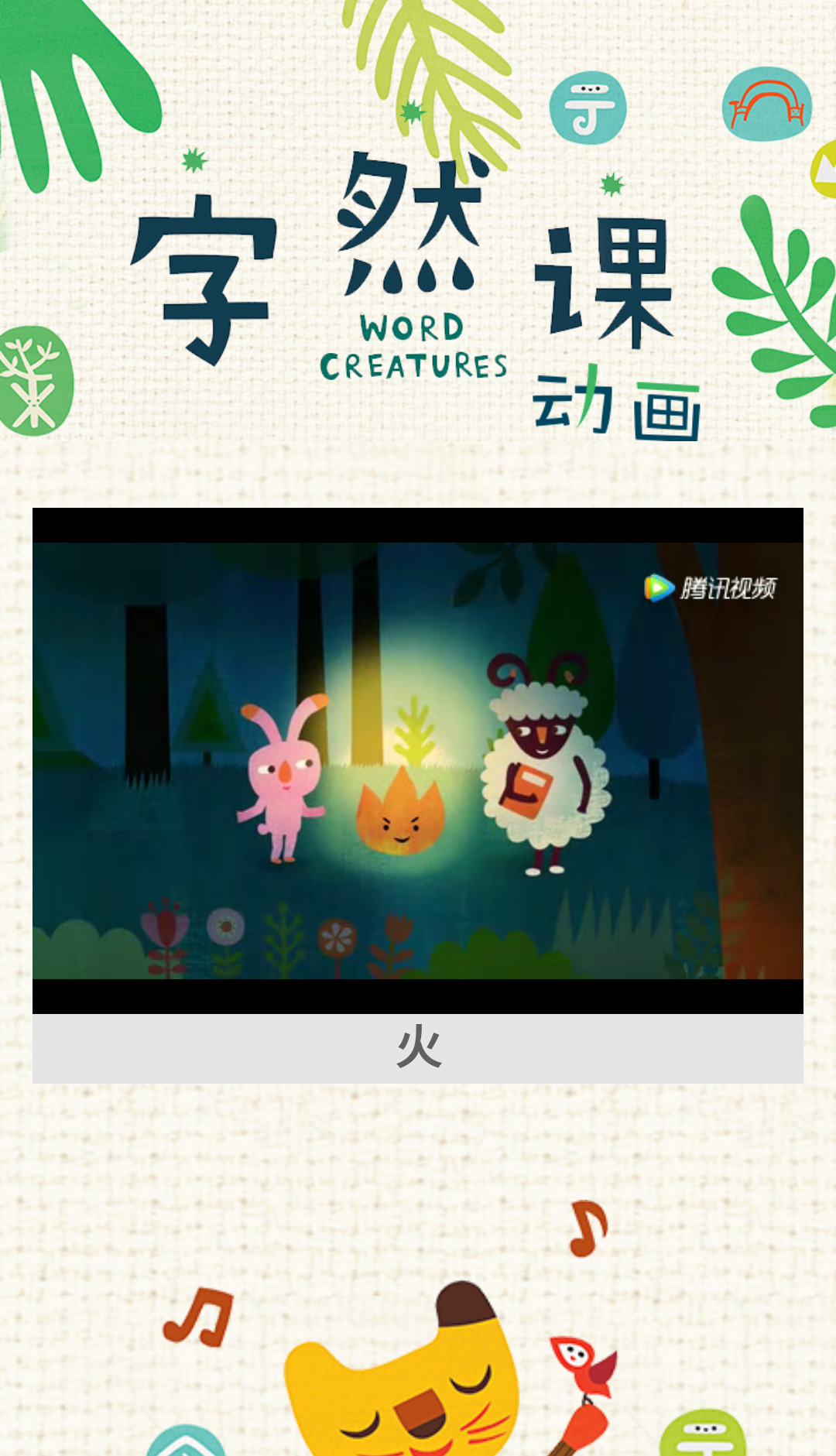





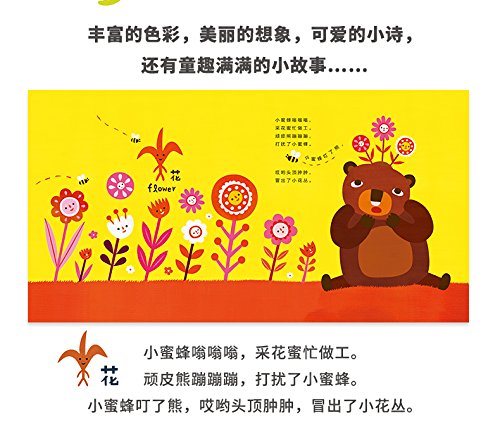
Great book to intro how words are evolved from pictographs to children
This book has beautiful illustrations, as well as a story to accompany each word. The book also has QR codes leading to short animations of each word!
Thank you so much Jas for taking the time to share your review. The animations are really fun and bring the word to life!
The little poems and colorful pictures are enough to capture the attention of my 3yo. Good quality book!
Thank you Liyun for taking time to share your review! Happy to know your 3 year old enjoys this!














